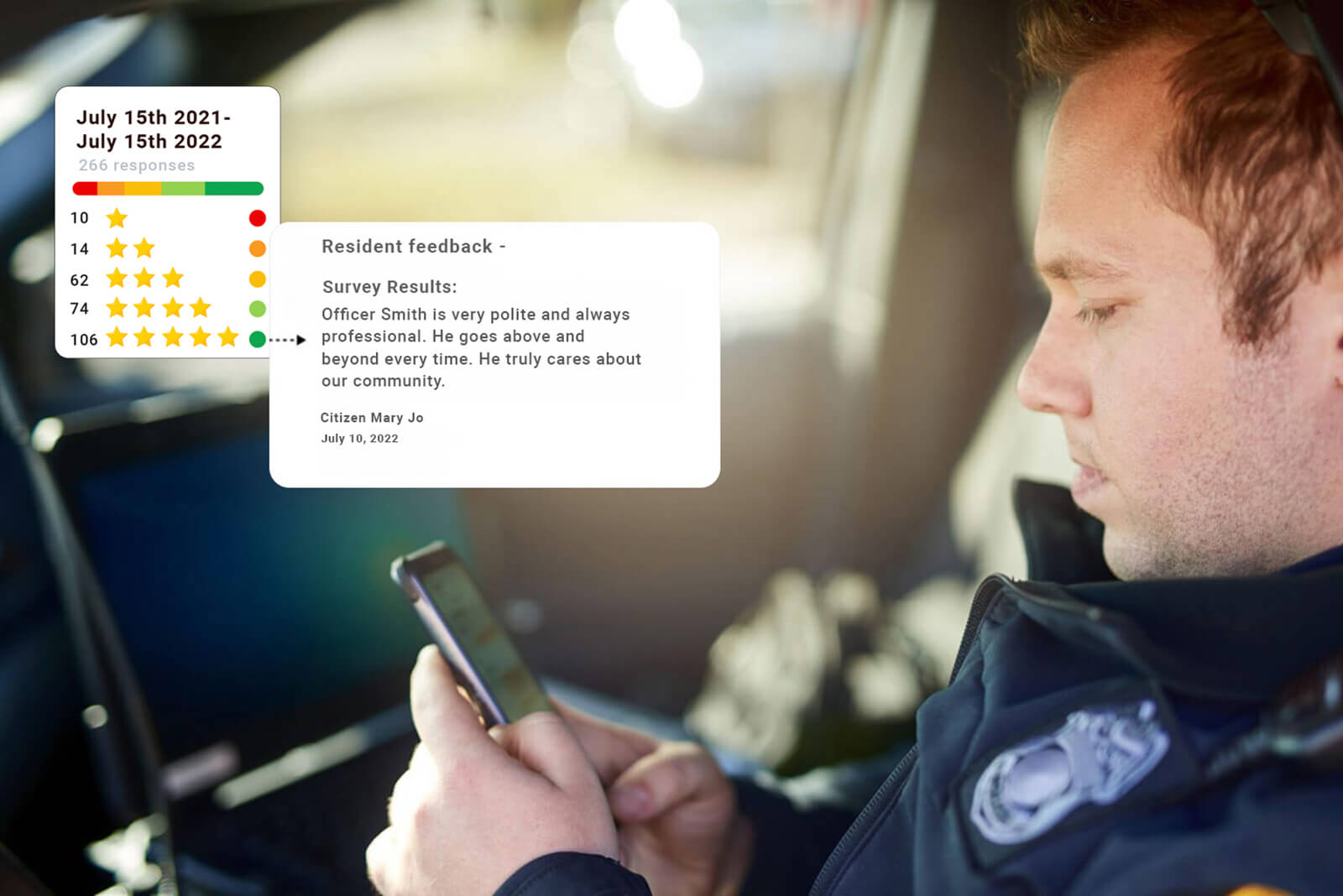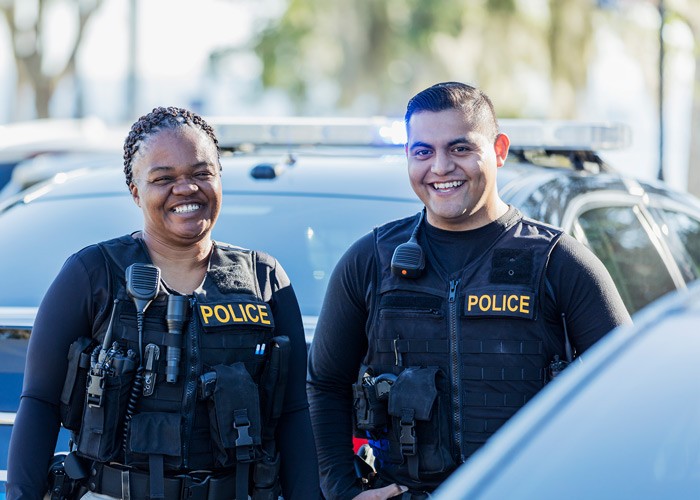Law enforcement officers are the backbone of our society, keeping us safe from harm and ensuring justice is served. As they work tirelessly to protect us, technology has played an increasingly important role in enhancing their engagement and effectiveness. In this article, we’ll explore the various ways in which technology is helping law enforcement officers in their daily duties.
1. Improved Communication
Communication is key in law enforcement, and technology has played a significant role in improving it. Here are some examples of how:
- Radio communication systems: Officers can communicate with each other and dispatchers instantly through their radios, ensuring they are always aware of what’s happening.
- Body-worn cameras: These cameras record interactions between officers and civilians, providing evidence in case of disputes or complaints.
- Mobile data terminals (MDTs): These allow officers to access critical information, such as criminal records and warrant data, from their patrol cars.
With these tools at their disposal, officers can communicate more effectively and respond to situations more quickly, improving their overall effectiveness.
2. Crime Mapping and Analysis
Technology has made it easier for law enforcement agencies to analyze and understand crime patterns. Here are some examples of how:
- Criminal databases: These databases contain information on criminals and their activities, allowing officers to identify trends and patterns.
- Geographic information systems (GIS): These systems map crime data and allow officers to see the relationship between crime and geography.
- Predictive policing software: These tools use machine learning algorithms to analyze crime data and predict where crimes are likely to occur.
By using these tools, officers can identify high-risk areas and focus their resources on preventing crime before it happens.
3. Enhanced Officer Safety
Officer safety is a top priority for law enforcement agencies, and technology has played a significant role in enhancing it. Here are some examples of how:
- Automatic license plate readers (ALPRs): These devices scan license plates and alert officers if a vehicle is associated with a crime or wanted person.
- Non-lethal weapons: Technologies such as stun guns and pepper spray provide officers with non-lethal options for dealing with threatening situations.
- Mobile apps: Apps such as OfficerDown provide officers with information on nearby hospitals and emergency services, as well as a panic button in case of emergency.
By using these tools, officers can stay safe while dealing with potentially dangerous situations.
4. Data Management
Law enforcement agencies generate a massive amount of data, and technology has made it easier to manage and analyze it. Here are some examples of how:
- Records management systems (RMS): These systems allow officers to store and manage data related to criminal investigations and incidents.
- Computer-aided dispatch (CAD): This system allows dispatchers to manage calls for service and assign officers to respond.
- Cloud-based storage: This technology allows agencies to store and access data from anywhere, making it easier to share information and collaborate with other agencies.
By using these tools, officers can manage data more efficiently and effectively, improving their ability to solve crimes and protect the public.
5. Training and Education
Technology has also played a role in improving the training and education of law enforcement officers. Here are some examples of how:
- Online training: Officers can now take training courses online, allowing them to learn at their own pace and on their own schedule.
- Virtual reality simulations: These simulations allow officers to practice responding to real-life situations in a safe, controlled environment.
- Mobile apps: Apps such as PoliceOne provide officers with access to training resources and news on the go.
By using these tools, officers can stay up-to-date on the latest techniques and procedures, improving their ability to do their job effectively.
6. Community Engagement
Technology has made it easier for law enforcement agencies to engage with their communities. Here are some examples of how:
- Social media: Agencies can use platforms such as Facebook and Twitter to share information and interact with their communities.
- Community policing apps: Apps such as Officer Survey provide officers with a way to engage with residents and share information about crime in their neighborhoods.
- Community outreach programs: Agencies can use technology to organize and promote community events, such as National Night Out.
- Officer Survey: The all-in-one platform has made it easier than ever before for police departments to collect and analyze feedback from citizens and officers.
By using these tools, officers can build better relationships with their communities, improving trust and cooperation.
Conclusion
Technology has played a significant role in enhancing law enforcement officer engagement and effectiveness. From improving communication to enhancing officer safety, data management, training and education, and community engagement, technology has made it easier for officers to do their jobs and keep us safe. As technology continues to evolve, we can expect even more innovations that will help law enforcement officers in their daily duties.






